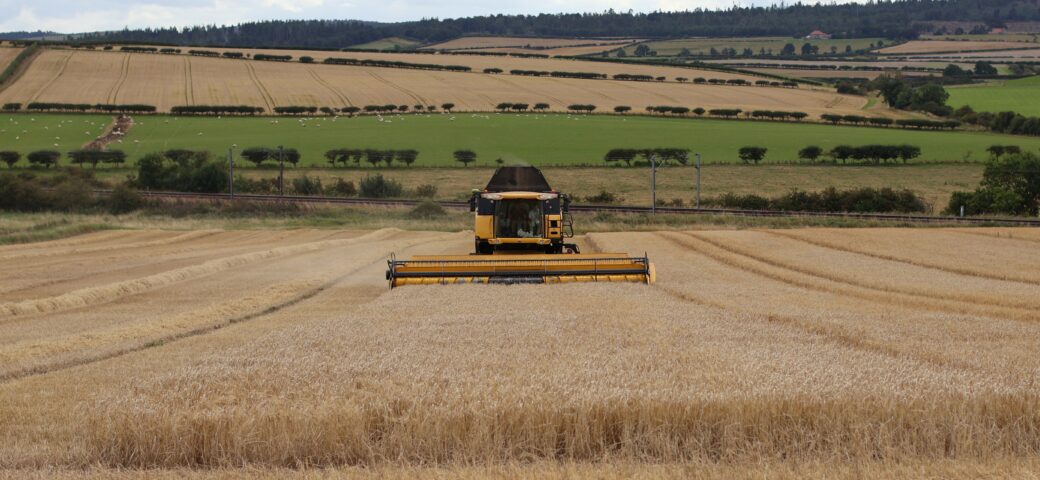At Simpsons Malt Limited, we’re unique in the UK malting industry in that we have our own agricultural merchanting division – McCreath Simpson & Prentice (MSP) – built within the business.
Through MSP, we sell a range of crop inputs, while our in-house grain trading team works alongside both farmers and end user customers in the brewing and distilling industries to procure the company’s required malting tonnage each year.
This gives us our vertically integrated, traceable supply chain shown in the graphic below:
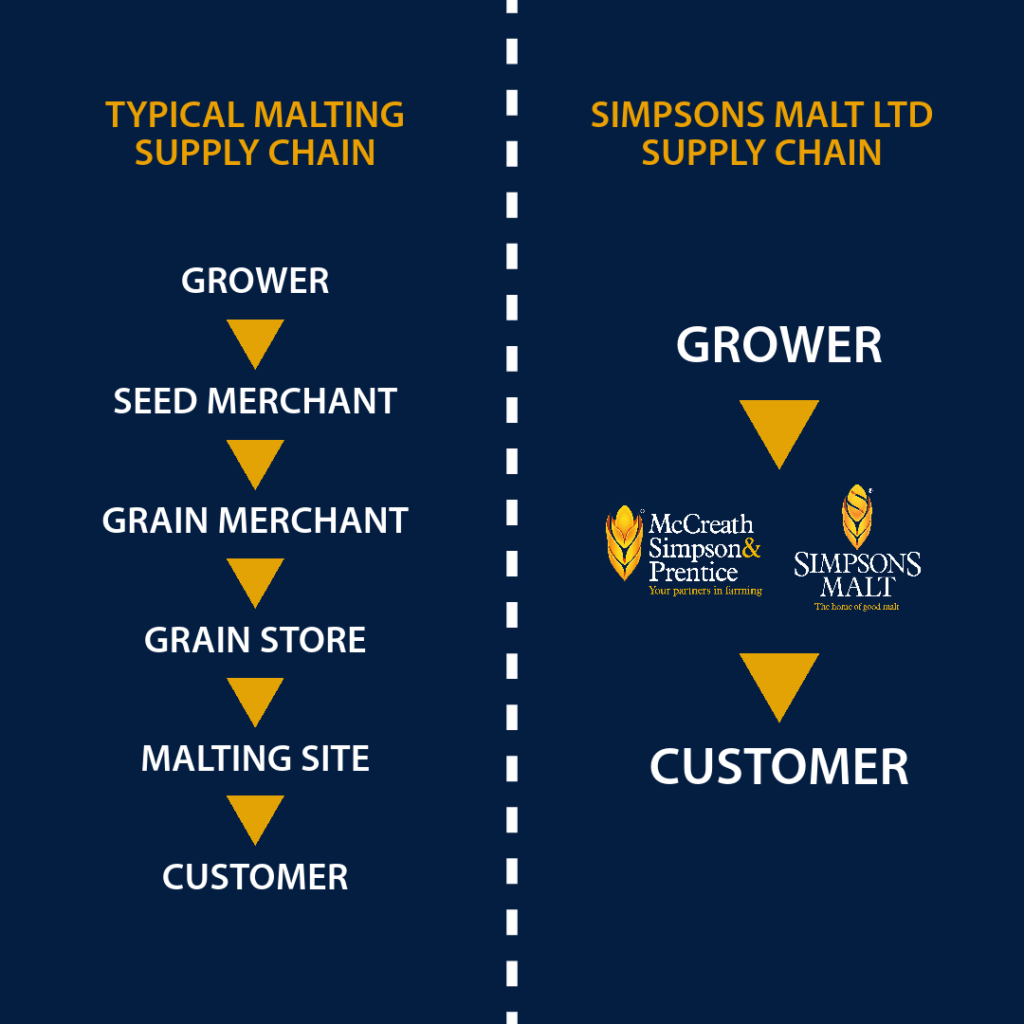
The grain trading team provide important, daily insights into the global commodities markets and, in this article, traders Mike Dagg and Sarah Lugget look back on the 2023 barley harvest in both the UK and overseas.
They also provide a detailed overview of the current market situation, offering an insight into what this could mean for malt pricing in 2024.
Barley Markets (November 2022 – November 2023)
In the past 12 months, global commodities prices have dropped in value and, more recently, have stabilised, which is in contrast to the volatile markets witnessed in 2022.

The drop in global commodity values can be mainly attributed to the establishment of grain corridors for Black Sea origin grain in November 2022, which allowed both Russia and Ukraine to export into the global market.
As a result, the anticipated disruption to global grain trade flows has not been as significant as initially thought. Current feed grain markets are now functioning in a similar manner to before the start of the Black Sea conflict in February 2022.
Over and above geopolitical factors, the primary driver of global grain markets has been global weather, and this is best illustrated by the 2022 crop harvest in the Southern Hemisphere.
Favourable weather in the 2022 growing season contributed to Australia harvesting their second largest wheat crop on record (43MT). On the other hand, while favourable weather led Brazil to produce a corn crop up 18% (137MT) on 2021 harvest, less favourable weather in Argentina resulted in the 2022 corn crop (34MT) being the lowest since 2014 (46MT).
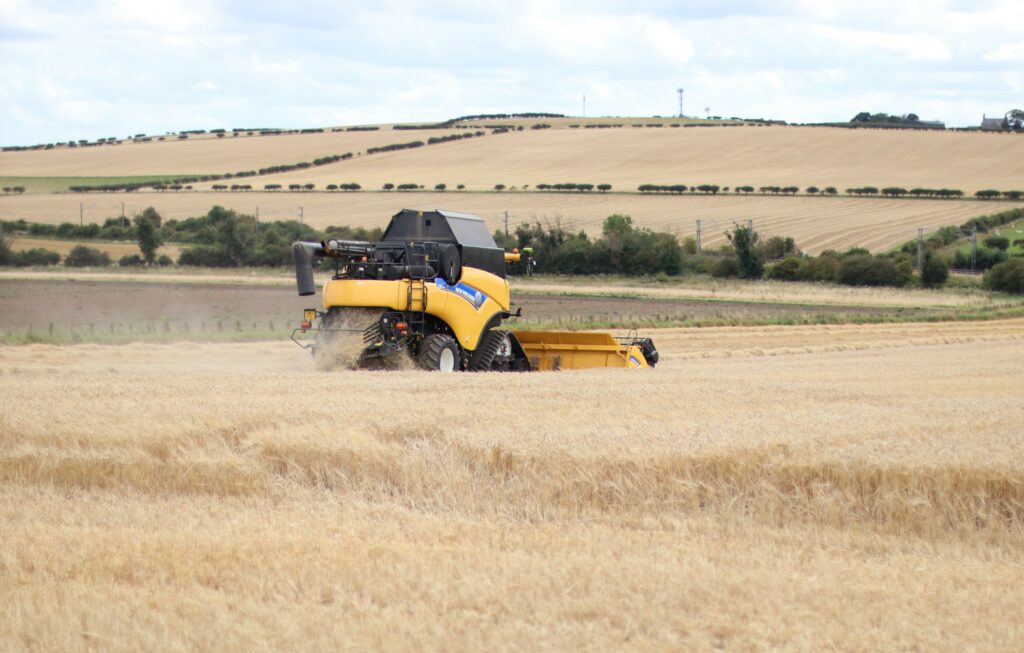
Closer to home in the Europe, the planting of winter crops in autumn 2022 was executed in close to ideal conditions due to a dry autumn and winter period.
Spring plantings in Europe started in January/February 2023 in France and southern areas of England. March saw less than favourable planting conditions, which delayed spring planting in some areas – primarily northern England, Scotland and Scandinavia – until April.
Once spring planting was complete, Europe endured a very dry late spring and early summer with no significant rainfall arriving until early June. The impact of these weather conditions is detailed below.
2023 Barley Harvest – UK Winter Barley
The 2023 barley harvest began in England in mid-July, falling in line with the five-year average.
Winter malting barley quality, although higher nitrogen than 2022 crop, was in the most part usable. Grain retention levels were poorer than the malting industry would like, but in most cases intake parameters were adapted to accommodate the smaller grain size.
In Scotland, the winter barley harvest began in late July and harvested quality pretty much reflected the harvested quality found in England, with higher nitrogen content and variable retention levels.
Again, maltsters in Scotland adapted intake quality parameters to secure supplies. Both English and Scottish winter barley yields were described as average at best.
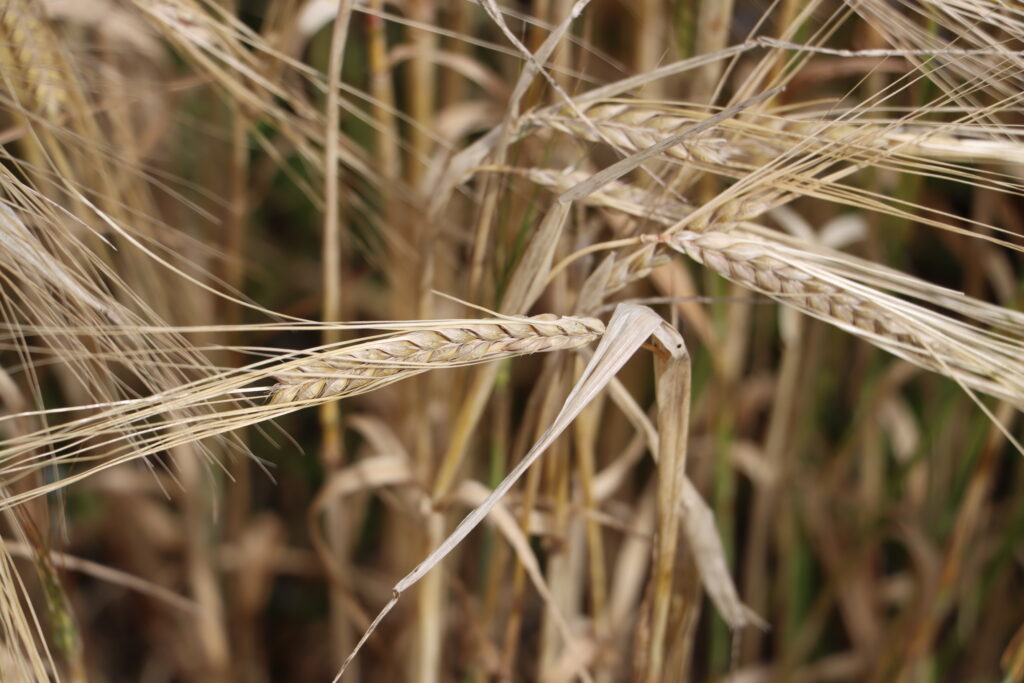
2023 Barley Harvest – UK Spring Barley
The 2023 spring barley harvest started in early August in England, slightly later than the previous year.
It became apparent very quickly that the spring barley sown before March 2023 – roughly 65-70% of the English crop – produced very good crops in terms of quality and quantity. The remaining 30-35% was sown throughout late March/April and even some in May. These crops produced variable quality in terms of nitrogen content and yields. The later sown crops were harvested during a very wet August period and germinative capacity further impacted quality.
In Scotland, the spring barley harvest commenced mid-August and initial quality was variable, with both nitrogen content and skinned corn counts higher than desired.
As harvest progressed, the nitrogen content of the barley improved and remained stable, although every Scottish region was not immune to the harvesting of higher nitrogen content barley. As a result of the variability in the Scottish crop, maltsters again had to adjust quality intake parameters, which allowed more of the crop to be accepted at intake.
Overall, the spring barley harvest in Scotland and England produced crops that in some instances yielded above average in certain regions, and in other instances produced crops that yielded well below average.
Primarily, this was the result of an extended spring barley planting period and the variability of the weather during the growing season.
2023 Barley Harvest – Europe
In Europe, the situation was much the same as the UK, with both the winter barley and spring barley harvests impacted by the weather.
In France, there were regional variations in terms of quality and quantity but, overall, production volumes were in line with pre-harvest forecasts.
Meanwhile, in Scandinavia, both Danish and Swedish spring barley crops were impacted by a late spring sowing period and an exceptionally dry May/June where little rainfall was recorded. As a result, crop quality and production was significantly reduced. This is best illustrated by the fact that, in 2022, the Danish and Swedish exportable surplus was 1.4MT compared to the 2023 exportable surplus of fewer than 0.4MT.
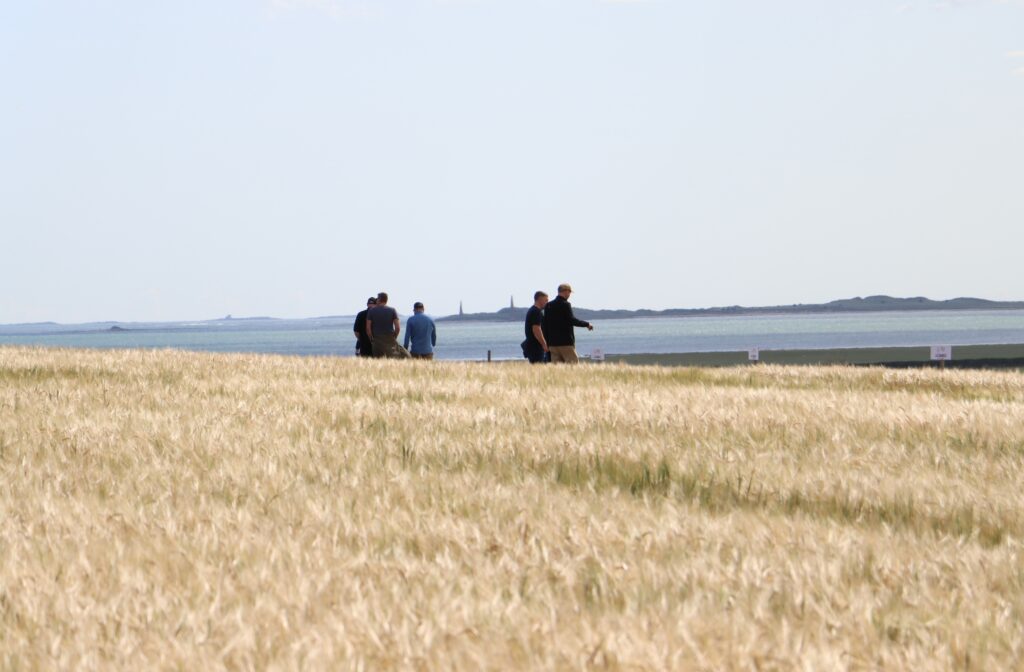
Elsewhere in Europe, and in particular Germany, Czech Republic and Poland, less than favourable weather for spring barley during the growing season brought much variability again in terms of quantity and quality.
Currently, trade forecasts suggest that Europe is 1MT short of spring barley, although this deficit can be replaced by French winter barley. However, overall, 2023 barley production in Europe is forecast at 54.46MT compared to a 2022 figure of 58.80MT.
The reduction in availability of malting barley across the UK and Europe has raised malting barley values significantly with premiums over feed barley at record levels, thus negating any reduction in global feed grain values.

2023 Barley Harvest – Rest of the World
Overall, looking at primary barley producing countries globally, it is forecast that collectively the production volumes will be down 12MT from 152MT in 2022 to 140MT in 2023.
Within this figure, it is estimated that barley production in Ukraine is more than 5MT down from a five-year average of 8MT and Canada is forecast to produce 7.8MT, which is down from 10MT last year. Australia is expected to produce 11M, which is down from 14.2MT last year, with only Argentina bucking the trend and forecasting a production increase for 2023 of 4.6MT versus 4.1MT last year.
Conclusion
In summary, 2023 malting barley market prices from a global perspective are much lower than in 2022.
This could be viewed as a positive in terms of demand. However, the cost-of-living crisis has yet to truly manifest itself within the supply demand matrix.
From a UK perspective, despite the variable quality in the harvested 2023 UK malting barley crop, the industry has successfully secured required supplies against forecasted demand.
However, it is forecast that there will be a downward demand from the brewing industry due to the aforementioned cost-of-living crisis and, while recent positive forecasts from the distilling industry have been for continued growth, demand is now expected to plateau over the next couple of years.

